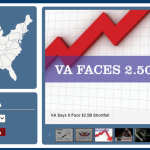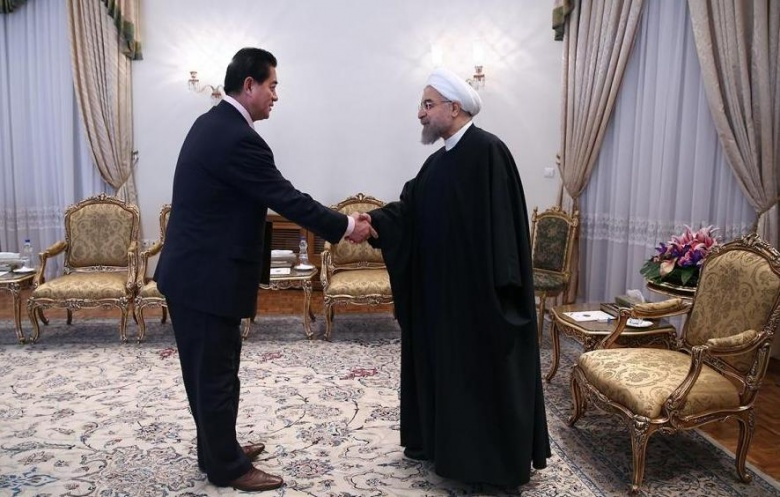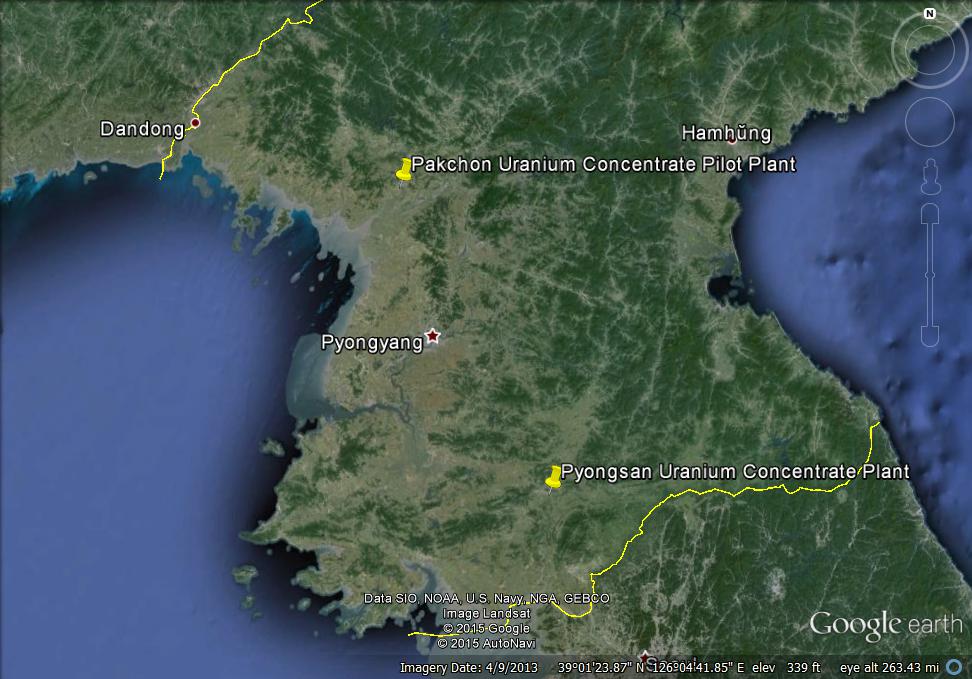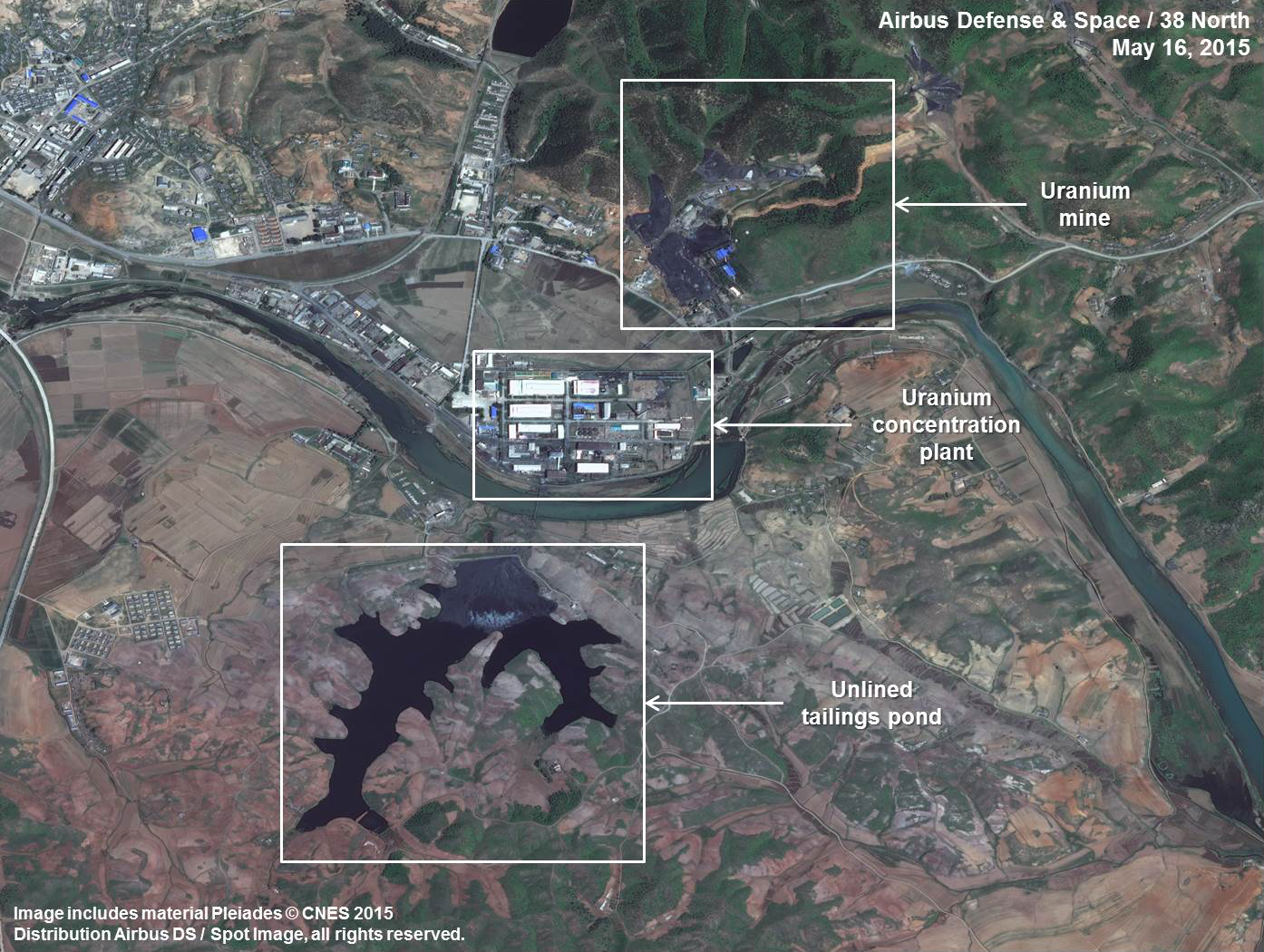The plight of veterans when it comes to the Veterans Administration continues and no one is really taking any action to clean up the mess while vets actually die waiting for an appointment for medical services.
Some disabled veterans go hungry and can’t afford basic resources for themselves because the disability rating they have been given by the VA isn’t high enough for them. They have to seek assistance from somewhere like these Georgia VA disability lawyers to help them get the disability rating they deserve. Few veterans are treated with the respect they deserve but now there are new platforms to make things better for them.
Now a new ratings platform has been launched to help vets navigate and even grade each facility, a new tool that is desperately needed. The Secretary of the VA ignores reports and the Congress has worked diligently to install cures and solutions that the VA is loathe to accept.
Washington ~ Stars and Stripes: More than 35,000 veterans have had their health care delayed by a Department of Veterans Affairs computer program that automatically put them in limbo — many for years. Yet the VA says it lacks the authority to override the system.
According to documents leaked to the Huffington Post, the veterans — most of whom served in Iraq and Afghanistan — were erroneously put onto a “pending” list for failing to fill out a means test. But combat veterans are not required to fill out means tests to receive health care.
About 16,000 of the cases have been pending for more than five years, according to the Huffington Post. Under VA rules, combat veterans are eligible for five years of free health care after discharge, but the period begins the day of discharge. But VA spokeswoman Walinda West said combat veterans who are granted Veterans Health Administration benefits received them for life.
The VA has known about the problem since at least April, according to the Huffington Post. As of Wednesday, staffers were calling and mailing notices to affected veterans, telling them to fill out paperwork to agree to copays – which appears to duplicate paperwork they have already filled out — in order to enroll in the program.
New VAratings.com Healthcare Site Allows U.S. Veterans to Rate & Review VA Facilities Nationwide
Charleston, SC: VetFriends.com – the largest Website reuniting U.S. military veterans – has launched a nationwide online database of VA Hospitals with ratings and reviews at https://www.VAratings.com. The goal of the site is to allow veterans to share their experiences, rate their local VA hospitals and clinics and to help improve and provide awareness to Veterans Affairs facilities nationwide.
U.S. veterans and military personnel are the foundation of what has made America the symbol of freedom and opportunity that we enjoy today. The VetFriends.com Veteran Healthcare Resource Center is a free resource for all veterans and their families.
VAratings.com powered by VetFriends.com provides a free ratings/review system with a directory of all VA Hospitals, Outpatient Clinics, Veteran Centers, National Cemeteries and Intake Centers. The rating system consists of a 5 star rating process with questions about a veteran’s visit that deal with: Department, Ease of scheduling, Wait times, Treatment quality, Staff’s quality of care and more. A comment section is also available where veterans can add more information and others visitors can respond directly to posts.
VAratings.com was created to provide objective reviews of services provided by the VA from U.S. veterans and their families. It is important for veterans to know that their VA facility has the highest quality of care and expertise. VAratings.com is an ideal platform for information to be exchanged, questions asked and unbiased reviews are posted.
Each month a topic will be spotlighted in our awareness campaign featuring a specific health issue. The topic covered will coincide with the national awareness months such as Breast Cancer Awareness in October and American Diabetes Month in November. Additional resources include information on how veterans can obtain VA Benefits, along with a library of VA forms. Furthermore, health topics and articles address illnesses, new treatments and discoveries, along with healthy lifestyle tips plus a variety of others.
VetFriends.com offers additional services such as: search over 1,900,000 members to make contact with old service friends and relatives; information on how to obtain your own or a relative’s military records and medals; message boards; military veteran job boards; upload past and present photos; military jokes; search and post reunions, military pride merchandise and more.
VetFriends.com encourages all Companies, and all Americans to honor and support our U.S. veterans and active military of the U.S. Army, Navy, Air Force, Marines and Coast Guard — All heroes of our nation.
Founded in 2000 by a U.S. military veteran, thousands of people have been reconnected through VetFriends.com, spanning from World War II through to Operation Desert Storm and the present. For further information and/or interview opportunities please contact VAratings.com at: (843) 606-2578(843) 606-2578





